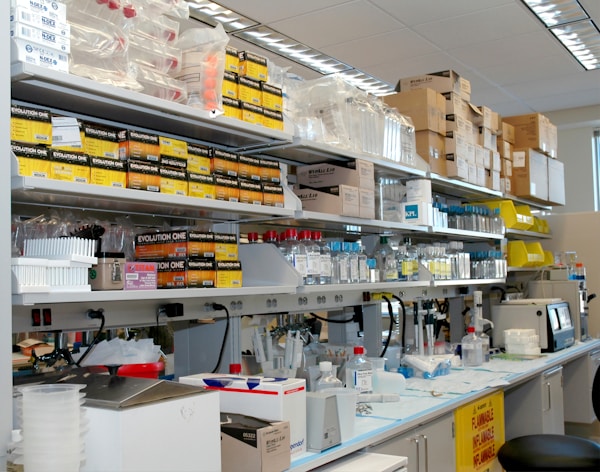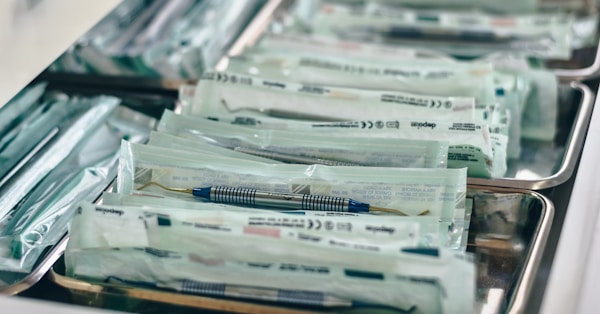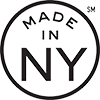Predictive replacement planning is a powerful tool for managing the maintenance and upkeep of equipment, vehicles, and other assets. This type of planning helps companies to anticipate the life cycle of their assets and plan for their eventual replacement. By having a plan in place, organizations can reduce costs and maximize the value of their assets, including in healthcare supply chain management.
What is predictive replacement planning?

Predictive replacement planning involves analyzing the historical data of an asset to predict its future performance and failure rate. This data can come from a variety of sources, such as maintenance logs, warranty information, and even customer feedback. This data is then used to develop a predictive model that can be used to determine when it is time to replace an asset.
The predictive model can also be used to identify potential problems with an asset before they become major issues. This allows organizations to take proactive measures to prevent costly repairs or downtime. Additionally, predictive models can be used to optimize maintenance schedules and extend the life of an asset.
Predictive replacement planning is especially useful for large organizations with many assets to manage. By predicting the life cycle of an asset, organizations can proactively manage their assets and plan for their eventual replacement. This helps to reduce costs and improve efficiency. Additionally, having a predictive model in place allows organizations to spot potential problems before they become major issues.
How does predictive replacement planning impact medical supply chain management?

Predictive replacement planning is an important tool in medical supply chain management, in particular. It is used to anticipate and plan for the acquisition of medical supplies and other items needed for efficient healthcare delivery. It is also used to monitor inventory levels and manage the replenishment of supplies. By effectively utilizing predictive replacement planning, medical managers can ensure that the right items are in stock when they are needed, reducing waste and improving overall efficiency.
Predictive replacement planning can be divided into two main categories: proactive and reactive. Proactive planning is the process of predicting the demand for medical supplies and other items ahead of time. This is done by analyzing historical data, forecasting future demand, and planning for any potential unanticipated needs. Reactive planning is the process of responding to changes in demand or supply, such as an unexpected increase in demand or a shortage of supplies.
In order to achieve successful predictive replacement planning, medical managers must have a comprehensive understanding of the medical supply chain. This includes an understanding of the sources of medical supplies, the types of medical supplies available, and the costs associated with each type of medical supply. Additionally, managers must understand the demand patterns for medical supplies, the cost of storage and shipping, and the cost of any additional services needed to ensure timely delivery.
Once the medical supply chain is understood, predictive replacement planning can begin. Managers must determine the most efficient way to acquire medical supplies, such as which suppliers to use and how to negotiate the best prices. Additionally, managers must decide how often supplies should be replenished and how much inventory should be kept on hand. This will help ensure that the correct items are available when needed, reducing the risk of shortages or overstocking.
In order to ensure that predictive replacement planning is successful, managers must also be aware of the current market conditions. This includes being aware of changes in demand, supply, and prices. Additionally, managers must be aware of any potential disruptions or challenges that could affect the availability of medical supplies. This can include changes in governmental regulations, new or emerging competitors, or changes in the cost of materials.
Finally, medical managers must regularly monitor and adjust their predictive replacement plans as needed. This can include adjusting the timing of replenishment, the types of supplies to be purchased, and the amount of inventory to be kept on hand. By regularly monitoring and adjusting their predictive replacement plans, medical managers can ensure that the right items are in stock when they are needed, reducing waste and improving overall efficiency.





